In the realm of photography, the term ‘full-frame’ often evokes a sense of awe and respect due to its superior image quality. However, this top-tier performance comes with a price tag that may cause sticker shock for many photography enthusiasts.
Full-frame cameras command higher prices compared to their crop-sensor counterparts, which often prompts the question – Why are full-frame cameras so expensive?
This article will delve into the intricacies of full-frame camera technology, the factors contributing to its hefty cost, and whether it’s a worthwhile investment for your photography needs.

Related: Are DSLR Cameras Obsolete in 2023?
What Are Full-Frame Cameras?
Explanation of Full-Frame Cameras
Full-frame cameras are DSLRs or mirrorless cameras with an image sensor that measures approximately 36 x 24 mm – the same size as a frame of traditional 35mm film.
This sizable sensor is the heart of a full-frame camera, playing a pivotal role in its performance and image output. The larger surface area allows for greater light-gathering capacity, resulting in superior low-light performance and less noise at higher ISOs.
Definition of the Full-Frame Sensor Size
The term ‘full-frame’ refers to the size of the camera’s image sensor, equivalent to a 35mm film frame. This is significantly larger than the sensors found in crop-sensor or APS-C cameras, and it’s this larger size that contributes to the improved image quality of full-frame cameras.
Popularity and Desirability of Full-Frame Cameras Among Photographers
Full-frame cameras hold a coveted position in photography circles. They are popular among professionals and enthusiasts, largely due to their superior image quality and enhanced performance in challenging lighting conditions.
The larger sensor size also offers greater control over the depth of field, allowing photographers to create beautiful, cinematic images with a shallow depth of field.
Despite the steeper price, many photographers consider the investment in a full-frame camera worthwhile for the significant boost in image quality and versatility it offers.
Why Are Full-Frame Cameras So Expensive?
1. The Technology Behind Full-Frame Sensors
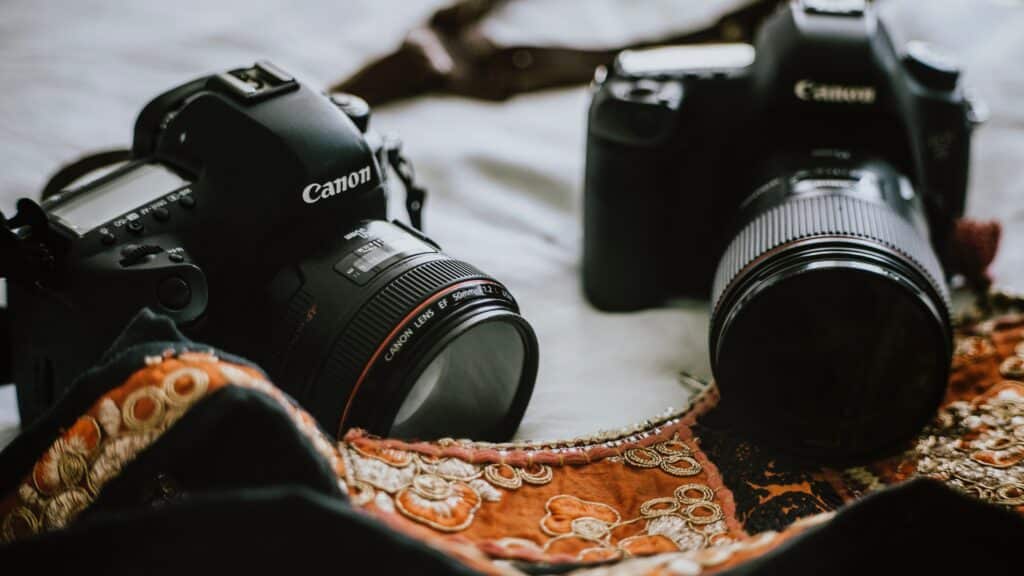
Advanced Technology and Components Required for Full-Frame Sensors
Full-frame sensors are a technological marvel, incorporating cutting-edge technology and intricate components. They utilize larger photodiodes, the light-sensitive elements that convert light into an electrical signal.
These larger photodiodes have a greater light collection capacity, resulting in richer color depth, more comprehensive dynamic range, and better low-light sensitivity.
Furthermore, full-frame sensors are often paired with advanced image processors and high-end AF systems, contributing to the superior image quality and performance that full-frame cameras are known for.
The Challenges and Precision in Manufacturing Large Sensors
Manufacturing full-frame sensors is a complex and precise process. Silicon wafers, the base material for sensors, are round, and larger sensors mean fewer can be produced per wafer, increasing the cost per unit.
Moreover, any defects in the silicon wafer can render a sensor unusable, and the larger the sensor, the higher the likelihood of a defect. This raises the risk, and thus the cost, of manufacturing full-frame sensors.
How Sensor Size Impacts Image Quality and Performance
Sensor size has a direct impact on image quality and performance. Larger sensors collect more light, which reduces image noise and enhances overall image quality.
They also provide a wider field of view, capturing more detail and creating more background blur for a given aperture. Additionally, cameras with larger sensors tend to have better dynamic range and color depth.
This allows photographers to capture images with a more comprehensive range of tones, from the brightest whites to the deepest blacks, and a wider spectrum of colors, rendering scenes with remarkable accuracy and depth.
2. Manufacturing and Materials
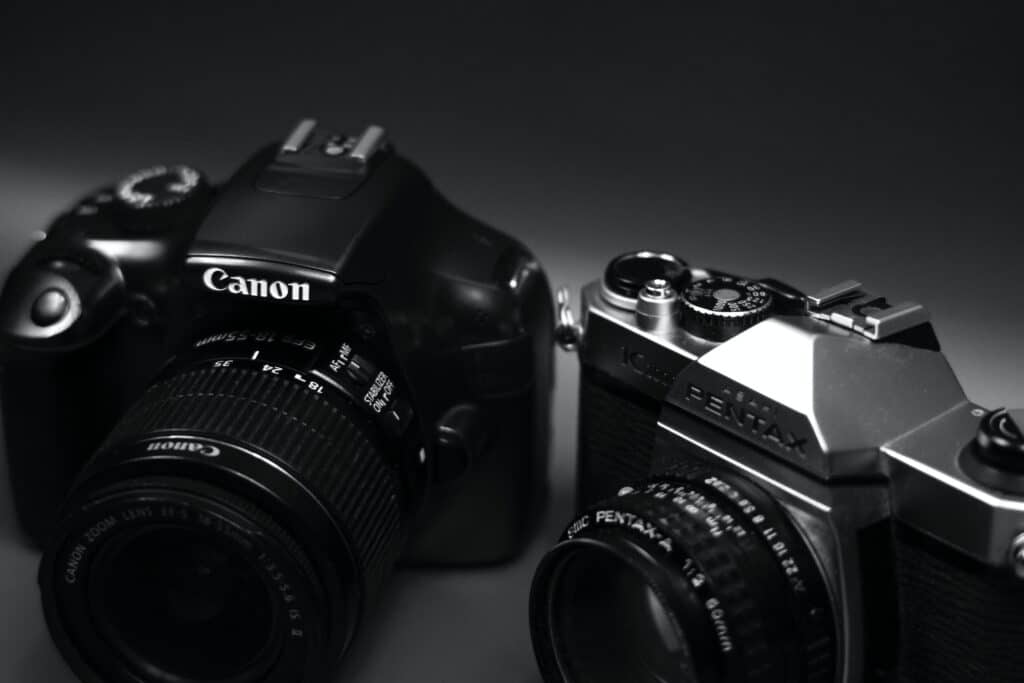
Detailed Examination of the Materials Used in Full-Frame Cameras
Full-frame cameras employ a host of high-grade materials to achieve their superior performance. The image sensor, the heart of these cameras, is made from pure, defect-free silicon with optimal light-receiving properties.
The camera’s body is often made from magnesium alloy, which combines strength and durability with a lightweight feel for comfortable handling.
Internally, the camera features an array of high-precision components, including gold-plated electrical contacts, precisely engineered gears, motors, and levers, and advanced microprocessors. The assembly of these high-quality materials contributes to the overall cost of the full-frame camera.
Precision Engineering, Lens Systems, and Mechanical Components
The lens system of a full-frame camera is another factor contributing to its high price. The larger sensor requires more significant, complex lenses to cover the entire sensor area without compromising image quality.
These lenses must be precisely engineered and crafted from high-quality optical glass, which is a costly and time-consuming process.
Furthermore, the mechanical components within the camera, such as the shutter mechanism and mirror system in DSLRs, necessitate meticulous design and manufacturing to ensure accurate, reliable operation.
Quality Control and Testing Involved in the Production Process
The production of full-frame cameras also involves stringent quality control and testing to ensure the final product meets the manufacturer’s high standards.
Each camera undergoes numerous tests, including sensor calibration, focus accuracy tests, exposure metering accuracy tests, and durability tests. In addition, each camera is meticulously inspected for any defects or anomalies.
This comprehensive testing and quality control process ensures that every full-frame camera that leaves the factory delivers the superb image quality and performance that these cameras are known for. Still, it also adds to the overall cost of the camera.
3. Marketing and Branding

The Impact of Branding and Marketing on the Cost of Full-Frame Cameras
Branding and marketing are essential in determining the cost of full-frame cameras. A well-established, reputable brand can command higher prices due to its perceived value in the market.
The cost of developing, maintaining, and promoting a brand is substantial and is factored into the price of every full-frame camera sold. This includes the costs associated with branding exercises, advertising campaigns, product launches, sponsorships, and other marketing efforts.
These expenses are necessary for brands to distinguish themselves in a competitive market, build customer loyalty, and communicate their full-frame cameras’ superior quality, performance, and technological innovation.
The Effect of Premium Branding on Pricing
Premium branding further magnifies the cost of full-frame cameras. Premium brands are those that have successfully instilled a perception of exceptional quality, exclusivity, and distinctive design in the minds of consumers.
They offer more than just a camera; they provide a status symbol, a sense of belonging to an exclusive community, and the promise of an unparalleled photographic experience. These factors allow premium brands to charge a premium price for their products, adding to the high cost of full-frame cameras.
Analysis of Marketing Strategies Used by Camera Manufacturers
Camera manufacturers employ various marketing strategies to promote their full-frame cameras and justify their high prices. They highlight these cameras’ superior image quality, performance, and durability, often showcasing the stunning photos and videos produced by professionals using their products.
They also emphasize the complex technology and precision engineering involved in creating these cameras, reinforcing the perception of value for money.
Additionally, many manufacturers form partnerships with professional photographers and influencers who provide testimonials and reviews that further enhance the appeal and credibility of their products. These marketing strategies are essential in creating demand and justifying the high prices of full-frame cameras.
4. High-Quality Optics
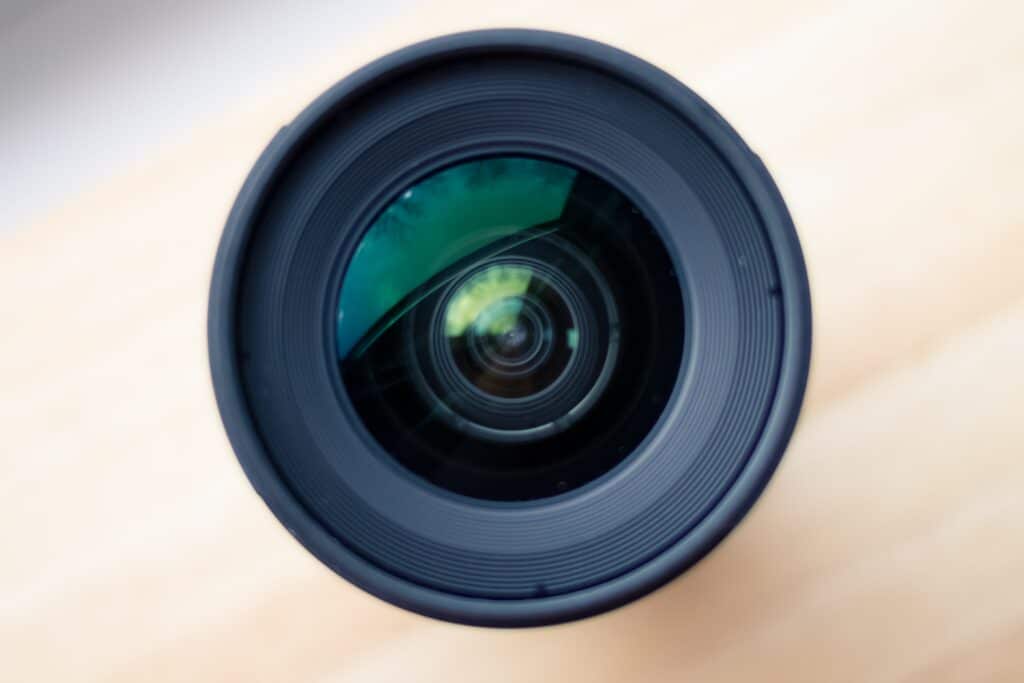
Importance of High-Quality Lenses in Full-Frame Photography
High-quality lenses are crucial in full-frame photography. They act as the eye of the camera, controlling the light that reaches the sensor. The quality of these lenses determines the sharpness, contrast, color rendition, and depth of field of the resulting images.
High-quality lenses offer superior optical performance, producing images with minimal distortion, chromatic aberration, and flare, ensuring that every detail is captured with remarkable clarity and fidelity.
They also provide faster, more accurate autofocus and more robust, reliable build quality, further enhancing the performance and usability of full-frame cameras.
Lens Technology and Manufacturing Costs
The technology and manufacturing process behind these high-quality lenses significantly contributes to their costs. Lenses require precision-engineered glass elements, often shaped and polished to within a fraction of a micron. Special coatings may be applied to optimize light transmission, reduce reflections, and suppress flare.
Particularly for fast lenses, or those with a large maximum aperture, elements of the lens may be made from exotic types of glass or include aspherical elements to correct optical aberrations and improve image quality.
The manufacturing process of these lenses is labor-intensive and requires highly specialized equipment and skilled labor, thereby driving up costs.
Compatibility and Versatility of Full-Frame Lenses
Full-frame lenses offer remarkable compatibility and versatility. Most full-frame lenses can be used on cameras with smaller sensors (albeit with a crop factor), providing photographers with a wider range of lens options.
They also cover a broad spectrum of focal lengths and aperture ranges, meeting the diverse needs of photographers across different genres.
Furthermore, full-frame lenses are built to withstand professional use, featuring robust construction, weather-sealing, and other enhancements. This versatility and durability further justify the high investment in full-frame lenses.
Is a Full-Frame Camera Worth It?
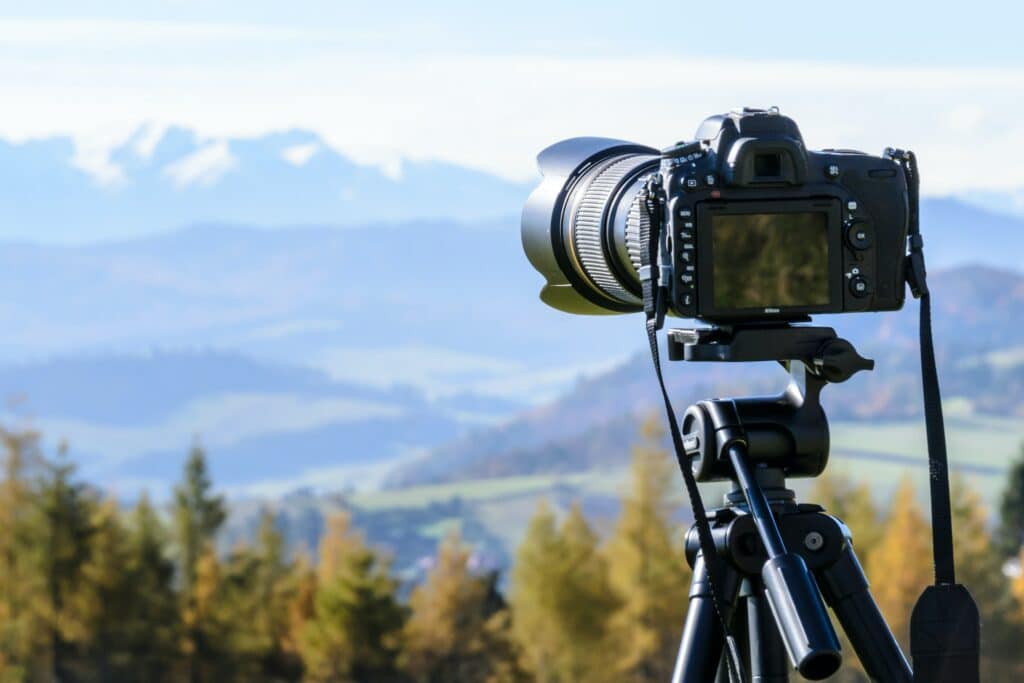
Despite their high costs, full-frame cameras are often seen as worth the investment by many professional photographers and serious hobbyists. The combination of superior image quality, high performance, robust build, and the versatility of full-frame lenses often justifies the cost.
The large sensor size of a full-frame camera captures more light, delivers a broader dynamic range, and provides a shallower depth of field, all of which contribute to producing stunning, professional-quality images.
Moreover, full-frame cameras offer better low-light performance, reducing noise and improving image clarity in challenging lighting conditions.
They are also compatible with a wide range of high-quality lenses, allowing photographers to experiment and challenge their creativity. The value of a full-frame camera extends beyond its price tag, as it is an investment in one’s photographic journey, offering opportunities for growth, exploration, and the creation of compelling imagery.
The Most Expensive Full-Frame Cameras
Full-frame cameras are often considered the pinnacle of photographic technology, and their price tags can reflect this. Here are a few examples of the most expensive full-frame cameras in the market.
1. Leica S3 Medium Format DSLR
Known for its exceptional image quality and outstanding build, the Leica S3 Medium Format DSLR is one of the most expensive full-frame cameras available. Its exclusivity, performance and the reputation of the Leica brand contribute to its high cost.
2. Phase One XF IQ4
The Phase One XF IQ4 is another high-priced full-frame camera, offering unparalleled image quality and a massive 150-megapixel resolution. The camera is a favorite among top-tier professionals, particularly in the field of fashion and commercial photography.
3. Hasselblad H6D-400C MS
The Hasselblad H6D-400C MS is renowned for its multi-shot capabilities, offering an effective resolution of 400 megapixels. Its superior image quality, combined with the prestige of the Hasselblad brand, positions this full-frame camera among the most expensive ones.
These cameras, while costly, offer exceptional performance and image quality, justifying their price tags to professionals and serious enthusiasts. It’s important to remember that while the cost of entry into full-frame photography can be steep, there are also more affordable models available that still provide many of the benefits of full-frame technology.
Alternatives to Full-Frame Cameras
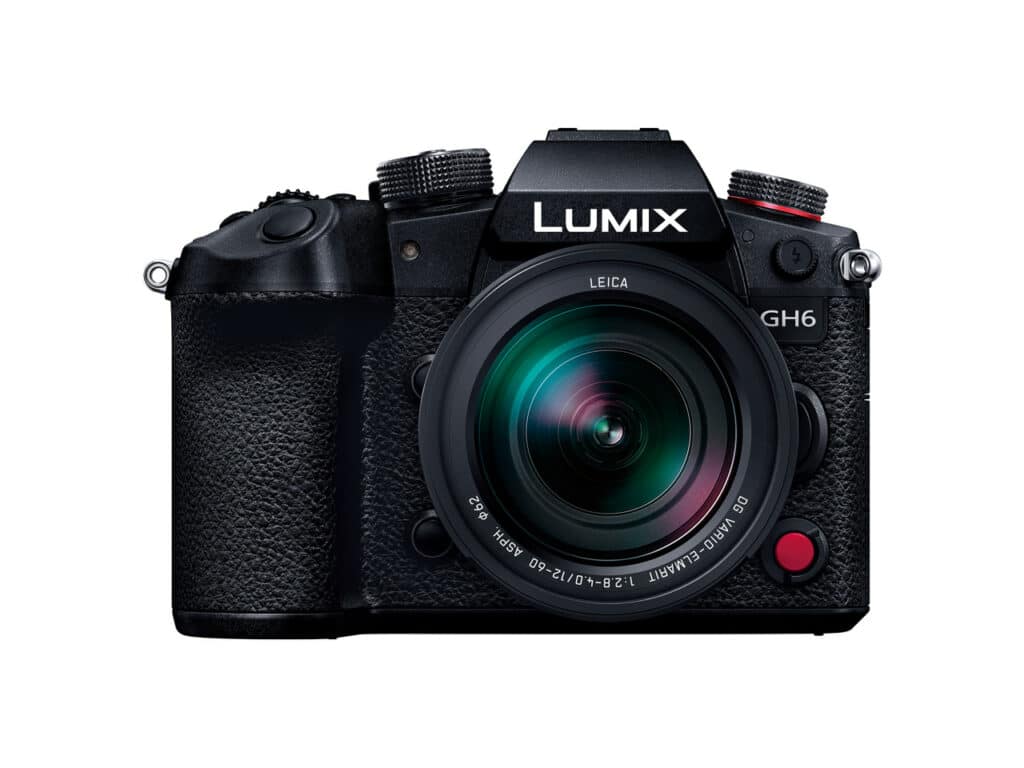
Highlighting Alternative Camera Formats: APS-C and Micro Four-Thirds
While full-frame cameras offer exceptional image quality and performance, other camera formats provide compelling alternatives. APS-C cameras, for instance, have a smaller sensor and hence are generally lighter and more compact, making them ideal for travel and street photography.
Meanwhile, Micro Four Thirds cameras offer even greater portability and have a vast range of high-quality lenses. Both these formats offer excellent image quality and performance for most types of photography.
Trade-Offs and Considerations When Choosing a Camera Format
Choosing between a full-frame, APS-C, or Micro Four Thirds camera involves weighing various factors. Full-frame cameras have superior low-light performance, dynamic range, and depth of field control, but they are also larger, heavier, and more expensive.
On the other hand, APS-C cameras offer portability and cost savings but have slightly reduced image quality. The choice ultimately depends on your photography needs, budget, and preferences.
Exploring the Cost Savings with Smaller Sensor Sizes
Smaller sensor sizes such as APS-C and Micro Four Thirds can offer significant cost savings in terms of the camera body and the lenses.
These cameras and lenses are less complex to manufacture, leading to lower prices. The smaller size and weight also mean less material costs and shipping expenses.
Therefore, APS-C or Micro Four Thirds cameras can be a more cost-effective choice than full-frame cameras for those on a budget or those who prioritize portability.
Conclusion
In conclusion, the allure and performance of full-frame cameras and the quality of the lenses they employ account for their higher price point. The intricate technology and meticulous manufacturing process behind these cameras and lenses, coupled with the marketing strategies adopted by manufacturers, contribute significantly to costs.
However, it’s crucial to remember that while full-frame cameras offer exceptional image quality, performance, and versatility, they are not the only players in the field. Alternatives like APS-C and Micro Four Thirds cameras also deliver excellent performance and come with their advantages, including portability and cost-effectiveness.
The decision between these formats should align with one’s photographic needs, budget, and preferences. Every camera format has unique offerings and trade-offs, and understanding these can better guide your photographic journey.
Why is the Canon 5D Mark IV so expensive?
The Canon 5D Mark IV, a well-known full-frame camera, is priced higher due to several key factors. First, it’s equipped with a 30.4-megapixel full-frame sensor, capable of capturing high-resolution images with excellent detail and dynamic range.
Second, its advanced focusing system and continuous shooting capability make it ideal for wildlife and sports photographers. The camera also performs exceptionally well in low light conditions, reducing noise and enhancing image clarity.
Furthermore, it supports 4K video recording and has an extensive range of compatible high-quality lenses. The camera’s construction is robust and weather-sealed, fit for professional use in varying conditions.
Lastly, the Canon name has a reputation for quality and reliable customer service, adding to its cost. All these factors combined contribute to the higher price point of the Canon 5D Mark IV.
Why is the Sony A7R V so expensive?
The Sony A7R V, another full-frame camera, carries a high price tag for various reasons. Firstly, it features a stunning 61-megapixel full-frame sensor, enabling the capture of incredibly high-resolution images with exceptional detail and depth.
This sensor, along with Sony’s BIONZ X image processor, provides a wide dynamic range and excellent low-light performance, setting new standards in image quality.
Secondly, the A7R V’s highly sophisticated autofocus system, boasting 567 phase-detection points and fast continuous shooting capabilities, makes it a highly versatile tool for various photography genres, from landscapes to wildlife and sports photography.
It also offers impressive 4K video recording capabilities and a robust, weather-sealed body designed to withstand the rigors of professional use.
Moreover, Sony’s advanced technology, such as Real-time Eye AF and Real-time Tracking, significantly enhances the camera’s usability and performance.
Lastly, the reputation of the Sony brand, known for its innovation and high-quality products, adds a premium to its price.
Therefore, while the Sony A7R V is expensive, its cutting-edge technology, performance, and overall quality justify its cost to many professional photographers and serious enthusiasts.